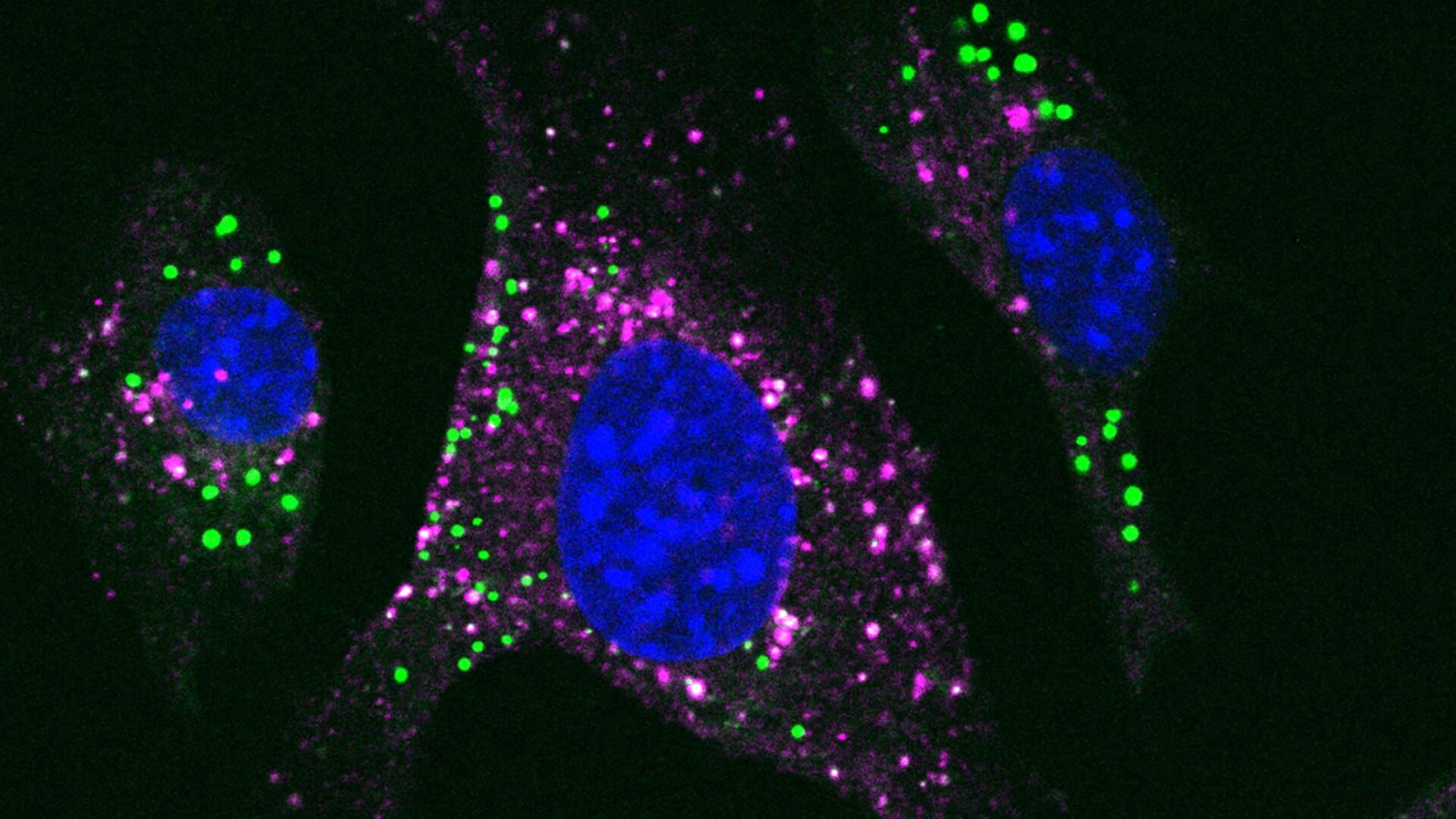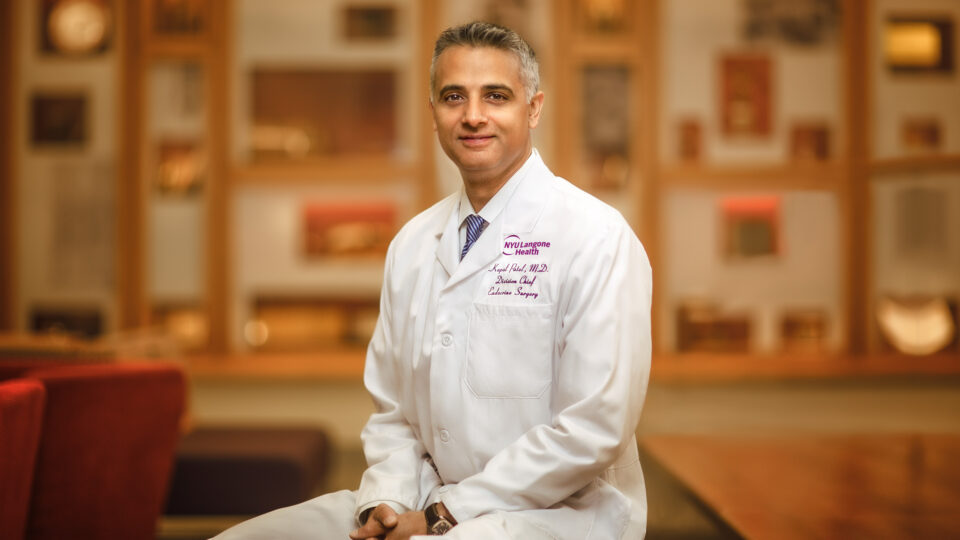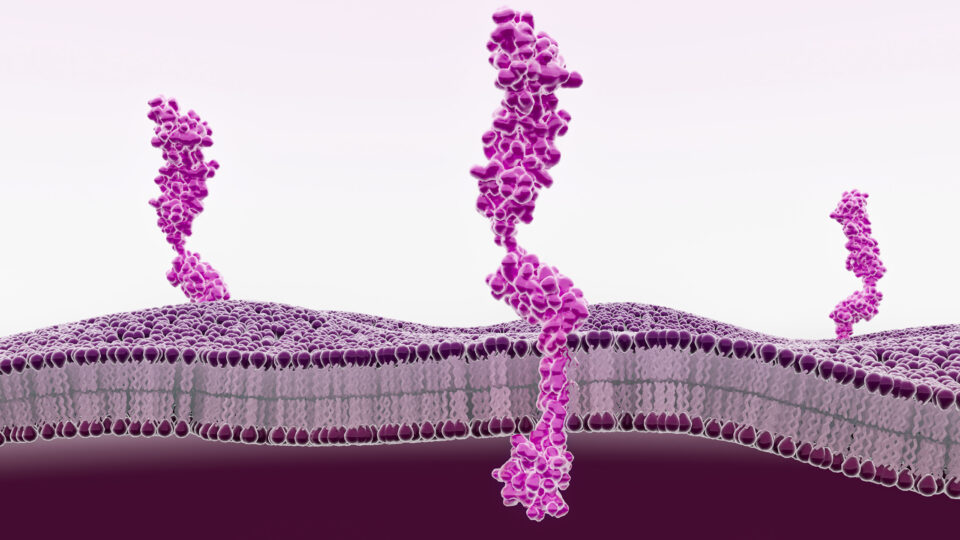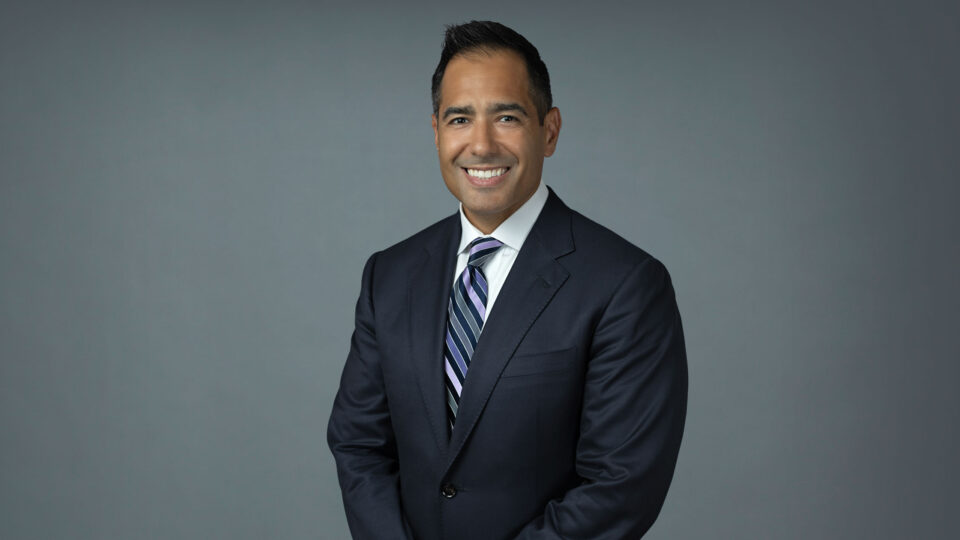A recent study in the Journal of Clinical Investigation has revealed a new pathway by which endothelial cells internalize and distribute dietary lipids to surrounding tissue.
The findings not only provide clarity regarding the movement of lipids across the endothelium but may also explain the biological process underlying cutaneous eruptive xanthomas, lesions in the skin composed of lipid-laden macrophages.
“While this study focused on identifying a clinical finding, it is most significant for illustrating a new pathway for lipid delivery to tissues.”
Ira J. Goldberg, MD
“While this study focused on identifying a clinical finding, it is most significant for illustrating a new pathway for lipid delivery to tissues,” says Ira J. Goldberg, MD, senior author on the study and the Clarissa and Edgar Bronfman, Jr. Professor of Endocrinology.
Lipid Delivery Pathways
For skin and other tissues with continuous, non-fenestrated capillaries, lipid delivery requires the regulated movement of lipoproteins or their components across the endothelial cell barrier.
Atherogenic low-density lipoproteins (LDL) can be taken up and transcytosed across endothelial cells as intact particles. Recently, studies have helped define the specific receptors on the artery wall involved in this process. By allowing the transfer of LDL across endothelial cells, these receptors promote cholesterol deposition into the arterial wall and initiate atherosclerosis.
In contrast, lipid delivery from larger lipoproteins, like chylomicrons, has long been thought to hinge upon lipolysis at the capillary surface, most notably by the enzyme lipoprotein lipase (LPL). Docked at the apical membrane of endothelial cells, LPL cleaves apart chylomicrons, with the released fatty acids then readily taken up by endothelial cells and distributed to surrounding tissue.
“However, an increasing body of clinical and experimental evidence suggests the existence of alternative pathways for endothelial chylomicron-derived lipid uptake independent of LPL activity,” wrote the authors.
Uptake of Intact Chylomicrons
To test this, Goldberg and colleagues studied the movement of chylomicrons into endothelial cells in a setting of LPL deficiency. In doing so, they discovered an LPL-exclusive pathway by which endothelial cells internalize intact chylomicrons, metabolize them in lysosomes, and either store or release the lipids.
The investigators further demonstrated that the released lipids can be taken up by skin macrophages and lead to lipid accumulation, as is seen in eruptive xanthomas. The novel pathway may help explain the common development of cutaneous xanthomas in patients with genetic LPL deficiency.
“Our results imply that uptake of chylomicrons by endothelial cells may be an important and under-appreciated pathway for the delivery of circulating triglyceride-rich lipoprotein-derived lipids that is exclusive of intravascular lipolysis,” wrote the authors.
Beyond Skin Macrophages
“Still to be determined is whether this pathway will also deliver lipids to other sites, such as to cells within the artery wall that cause atherosclerosis, the most common form of heart disease.”
Although the study focused on skin macrophages, Goldberg and colleagues suspect that uptake and processessing of chylomicrons by endothelial cells likely plays a large role the in the delivery of lipids to many parenchymal tissues.
“Still to be determined is whether this pathway will also deliver lipids to other sites, such as to cells within the artery wall that cause atherosclerosis, the most common form of heart disease,” Dr. Goldberg says.






